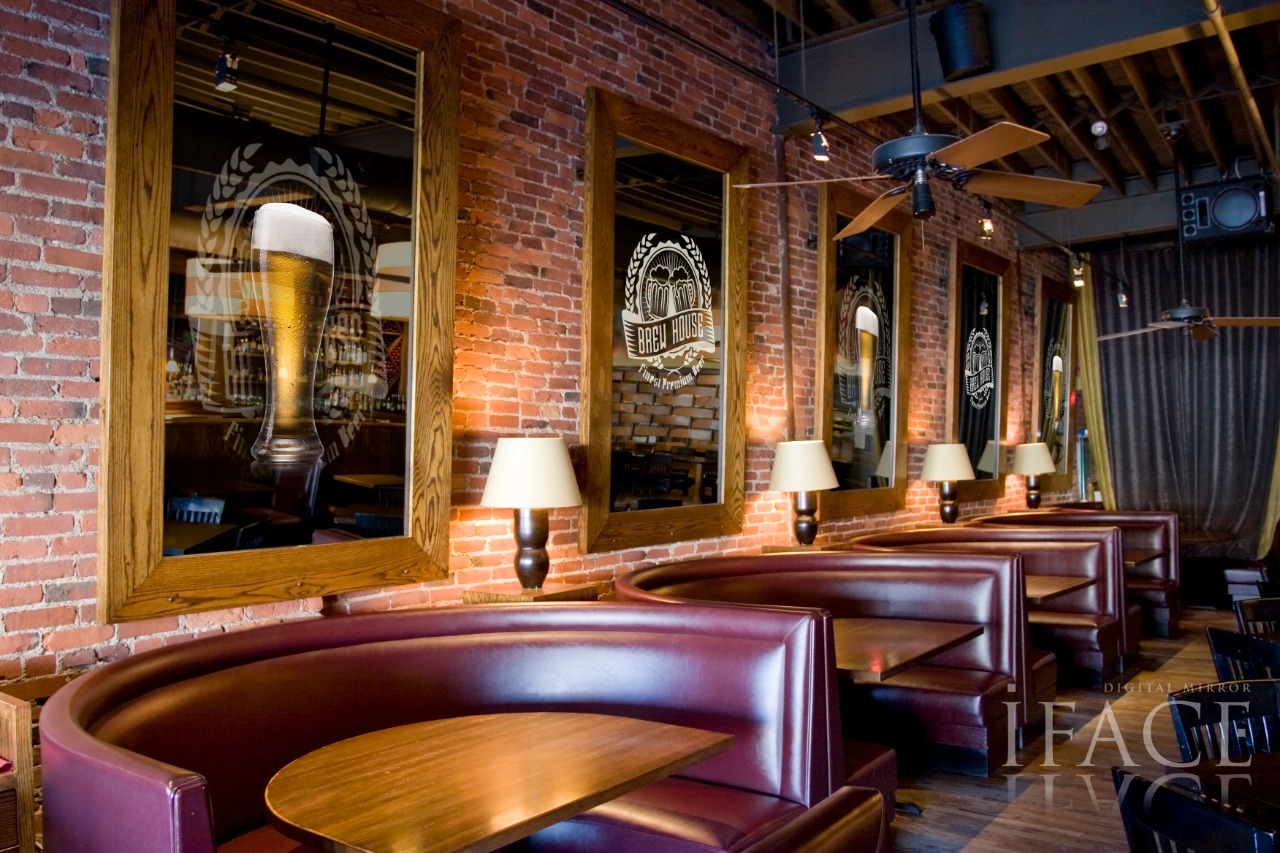Barbara Jarabik: Marketing luxury brands can be a challenge, as there is often a fine line between creating an image of exclusivity and making the brand seem unattainable. So, what are the key components of a successful luxury marketing strategy? Here are ten tips that will help you reach luxury consumers without compromising your brand identity: Keep it simple. Luxury brands should avoid using too many words or complex images in their marketing materials. The goal is to convey a feeling of sophistication and exclusivity, not to overwhelm potential customers with information.

Adidas purposely only creates a limited amount of every new model to make them appear rare. While they sell for $200 from a retail store, they are often resold for upwards to $1,000! This is also an excellent example of using scarcity to entice people to purchase the shoes because there’s a good chance they won’t be able to get them or they’ll have to pay insane resell prices. Another brand we can learn from is Paul Parkman. This luxury shoe company uses exotic materials like crocodile and python to make their footwear one-of-a-kind.
SEO is an untapped goldmine for luxury brands. If your site isn’t SEO-friendly, you’re likely to be leaving a lot of potential traffic and revenue on the table. One of the most effective ways we’ve found to generate traffic and engagement for Qosy is create highly visual and aspirational content, such as our guide to kitchen islands. By focusing on long-form visual content, we’ve generated 10,000’s of social shares, and a huge amount of SEO traffic. While common in many other niches, content marketing is massively underused and enormously effective for luxury brands.
Say you sell shoes hand cobbled by the finest artisans in all of Montana. While the keyword “shoes” will certainly yield traffic, and some of those searchers may very well be interested in buying your exceptional kicks, the overwhelming majority of that traffic falls outside of your target demographic. This becomes even more of an issue as you begin to consider keywords with modifiers. “Cheap,” “sale,” and the dreaded “free” are all words that, when appended to a query, ostensibly eliminate a searcher as a prospect. Account-wide negative keywords ensure you never bid on terms you have no interest in paying for (on purpose or accidentally).

According to a report by McKinsey digital now influences at least 45% of all luxury sales. It’s understandable why luxury brands have been hesitant to move online. Yet, with print and display advertising returns decreasing, and luxury shoppers spending more time online and on mobile devices, luxury brands need to not only adapt to survive in the digital universe, but to thrive also. While the strategies outlined below will provide useful inspiration, it’s worth pointing out that the best strategies will always come from clarifying your goal, breaking it down and brainstorming brand-specific solutions with your team. For this we’d recommend using a tool like TrueNorth or one of the marketing planning tools mentioned here. Read extra info at Barbara Jarabik.
Digital signage mirrors are another way for luxury brands to advertise efficiently : The world digital signage mirrors market was valued at USD 780 million in 2021. The world market is expected to grow steady at a CAGR of 12.21% to reach USD 910 million by 2023. Digital signage mirrors can greatly improve individual efficiency by choosing outfits as per weather updates while also offering bus and train schedules (including traffic updates). Digital signage mirrors in smart homes, planes, commercial spaces, hotels, etc. are designed to be connected to users as well as with different devices around. Energy efficiency is one of the major advantages that will drive the adoption of digital signage mirrors.